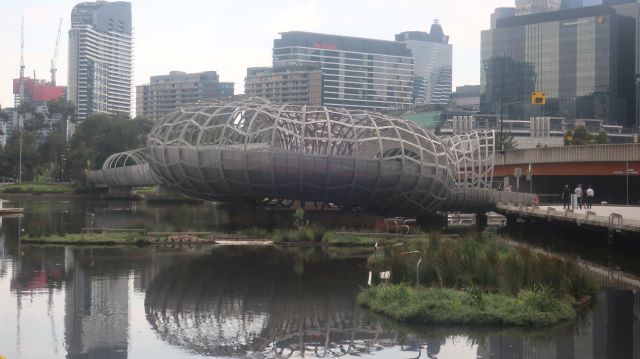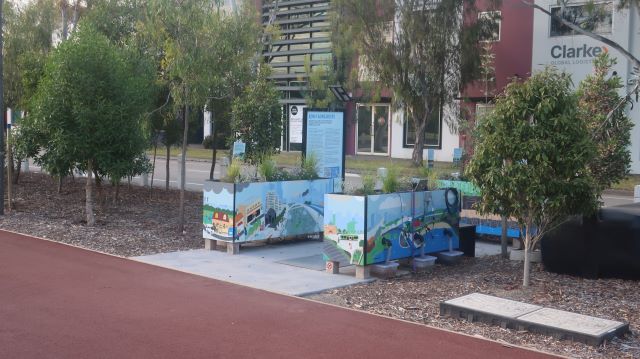Fishermans Bend Forum reflections
‘Not another Docklands’
It was hardly surprising that a recurrent theme expressed by many at the Fishermans Bend forum on 7 July 2013 was ‘not another Docklands’. Port Places is keen to delve a little deeper into what this means to different people and what direction it offers for Fishermans Bend.
At Open House Melbourne’s speaker series, Minister Guy declared himself frustrated by people’s criticisms of Docklands on the basis that it is only 48% complete. At that same meeting, he suggested that Fishermans Bend would complement other urban renewal areas, rather than replicating them. That seems to be at odds with what is happening on the ground.
On the Fishermans Bend panel there were slightly different views about Docklands. Perhaps a distinction needs to be made between the original aspiration for Docklands and what has been delivered. Port Places is very interested to hear and understand more from planners and community members who were involved in planning processes at that time.
Dr Darragh O’Brien observed that Docklands has never been formally evaluated so it is hard to say whether what was intended has been achieved.
An early critique of Docklands in Architecture Australia September/October 1998 by Anthony Styant-Browne has a prescient quality. In describing Docklands he says:
‘A mixture of philosophy and pragmatism has produced a unique laissez-fair development process inconceivable prior to the Reagan/Thatcher years. Government funding for infrastructure was out of the question, given the state of the public purse; confidence in the ability of conventional planning processes to deliver a successful outcome was low; and there was a born-again faith in the market as the driving force for urban development.’(p87)
Sound familiar?
O’Brien emphasised the fundamental importance of attention to the public realm. Styant-Brown shared this concern for a more comprehensive approach to the public realm in Docklands. What was needed was
‘careful attention to linkage at interfaces between precincts, common attitudes to the waterfront edges, a considered system of public open spaces, a tree-planting program and the nature of connections (physical and visual) to the CBD’
What do people really mean when they say ‘Not Another Docklands’? What might the positive ‘not Docklands’ features of the Fishermens Bend precinct be? Picking up on O’Brien’s comment, what can we learn from the community engagement, planning and built form outcomes at Docklands to inform the approach to Fishermans Bend?




Leave a Reply